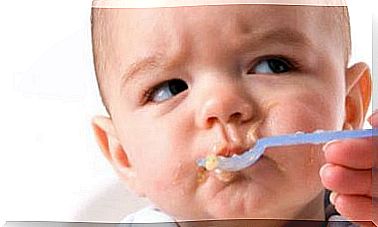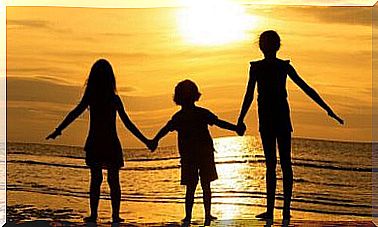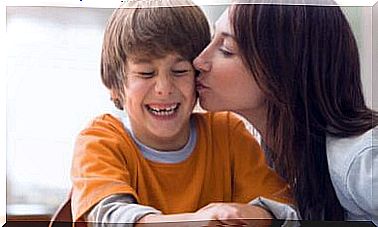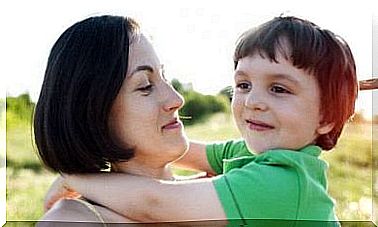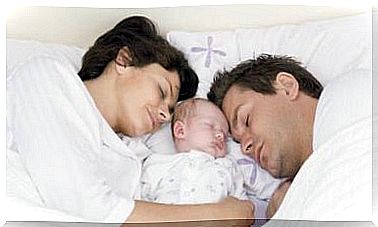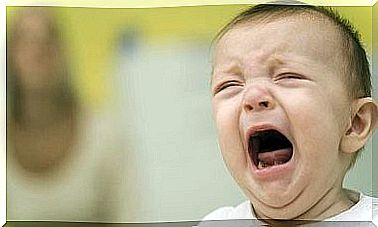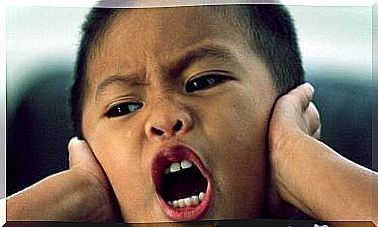How To Help Children With Dyslexia
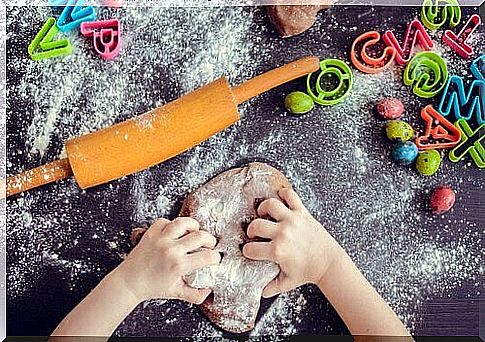
The first step towards helping children with dyslexia is to understand that dyslexia is simply a learning disability and should not be considered a disability. It is not an intellectual problem at all. It is usually detected around the age of 6 when children begin to learn to read.
Does dyslexia come with difficulty? Yes, but they can all be overcome. You do not have to worry about your child being diagnosed with dyslexia. According to psychiatrists, it does not affect the child’s intellectual potential. The child just needs a little extra help in some areas.
Children with dyslexia have difficulty reading properly. This often leads to difficulties with reading comprehension, and in turn to learning how to write (and especially how to spell). If the child does not receive help, he or she may also have problems keeping up with other subjects as it takes more time and energy to assimilate the content.
Sometimes they also have difficulty understanding mathematical calculations, but all this can be overcome with patience and hard work.
How do I know if my child has dyslexia?
First of all, neither parents nor teachers are generally sufficiently trained to confirm whether a child has dyslexia. If you suspect that your child may be suffering from it, the best thing you can do is go to a qualified expert, such as a speech therapist.
The specialist will perform a series of tests on the child, which he or she will look at and study in detail in order to make a diagnosis. The specialist will also be able to give advice and various guidelines that can help your child accordingly.
Does dyslexia have any cure?
Dyslexia has no cure, but it is possible to reduce the difficulties if there is continuous and adequate support, and if you follow the specialist’s instructions.
There are several support programs and each has been designed according to the individual’s needs. For that reason, it is not possible to explain which type of program is best for your particular child. It depends on the child’s abilities and what the specialist has diagnosed.
The school often has special educators with great competence in this area and nowadays dyslexia does not have to be a major handicap in the academic world.
These special educators will also be able to guide you to find support groups outside of school and other complementary activities that can help your child.
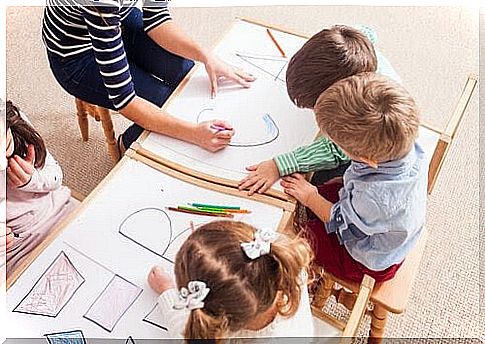
How to help children with dyslexia
The first thing you should do if you suspect that your child is suffering from dyslexia in any form is to contact a specialist immediately.
If the problem is diagnosed at an early age, there are much greater opportunities for effective treatment that gives good results. Being aware, informed and willing to adapt and keep going is the best way to help your child.
There are many activities you can do at home with your child that will help and facilitate for him or her. Here are some tips:
Mobile phone
Nowadays, everyone has a cell phone. As a student, you can use the phone as a tool to take pictures of notes or record instructions. There are also many apps that can provide useful tools. In fact, one can download several different games that combine reading with other beneficial aspects to entertain and help the child all at the same time.
Semi-educational apps are especially recommended, and the most popular in this area are:
- Claro Speak
- Polyglutt
- Ugglo
For children with dyslexia, specialists also recommend apps in which you can solve word searches and build and put together sentences. In addition, you can use apps where you have to repeat and imitate to help children who have problems to speak properly.
Different games
Games turn therapy and study into a game. It has been shown that children learn more by playing than any other activity, and they benefit from this fact. Here are some game tips:
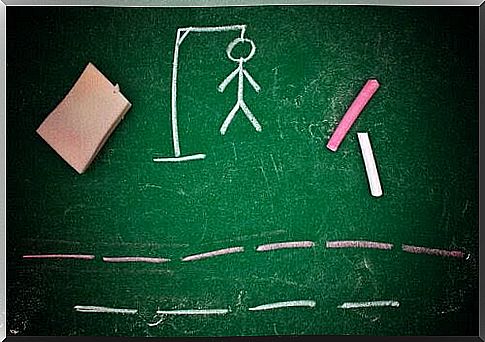
1. Hang Old Man
This game is about trying to guess a word. One player marks out how many letters the word contains and the other person guesses different letters, one at a time, to try to arrive at the word. When they say a letter that is not in the word, the first player begins to draw a stick figure hanging from a hanger.
The one who guesses wins if he manages to guess the word correctly before the other player has finished the picture. This game helps children to relate letters with their respective sounds.
2. Guess the invented word
In this game you have to make a list of similar words, one of which does not exist and is just made up. The child must try to guess which is the invented word. To make it more fun, you can ask the child to come up with a meaning for the invented word.
3. Word search
In this game you put letters in a grid, some of which are words and others are random. The words are said one by one and the child must try to find them in the grid. It can be quite difficult for a child with dyslexia, so it is good if you work as a team.
4. I look with my northern eye, something that starts with…
One participant says “I look with my northern eye, something that starts with…” the first letter of something that the person can see at that very moment. The other player must try to guess the word.
5. Word chain
This game consists of saying one word after another, with the only condition that the first syllable or letter of the word must be the same as the last syllable or letter of the previous word.
6. 1-word story
This game is great fun and can really make kids laugh. The idea is to tell a story word for word. That is, each person says one word and the person sitting next to it continues the story with another word and so on.
7. Right-left play
Some children with dyslexia have difficulty distinguishing left and right. You can help them learn it and practice with games that are about exactly the two directions.
The most common is the popular Twister game, where you spin a wheel and have to place a part of the body on the color it indicates.
This game also teaches colors, shapes and body parts, in addition to teaching the difference between left and right.
Another option is to invent a dance and say out loud the movements to be done. For example: right foot forward and left hand on the head.
Dyslexia does not have to be something traumatic in a child’s life (or for the rest of the family), as long as you decide to work preventively and have a good attitude to the challenges.
Remember that in addition to helping the child with various activities, you must also be there to provide support. You have to give them love, strength and courage when they need it most.
